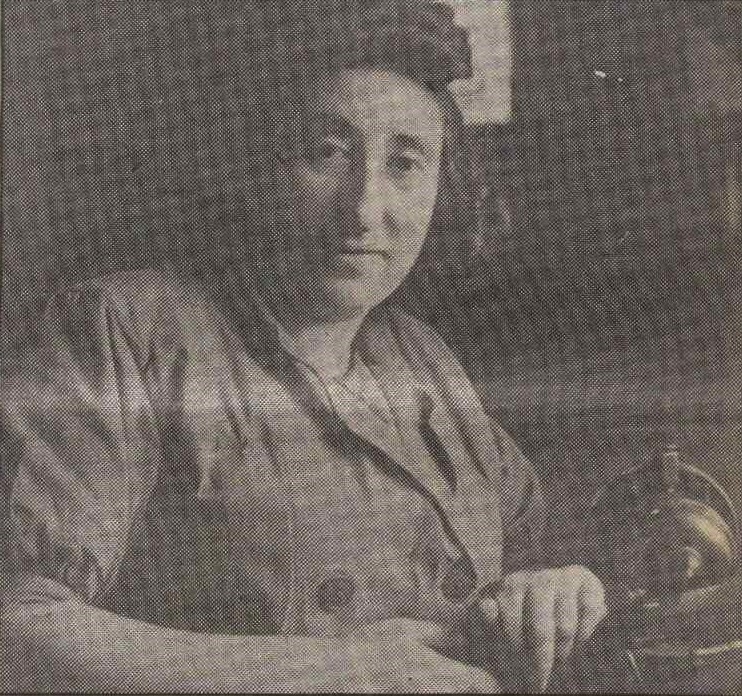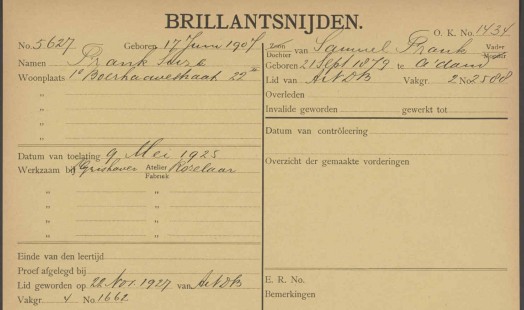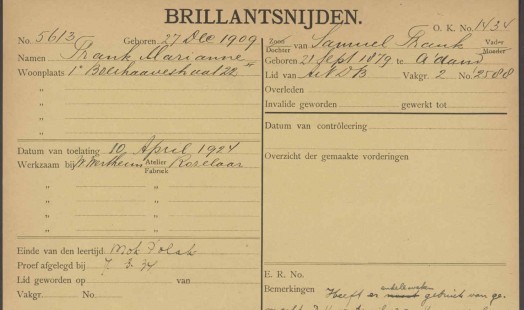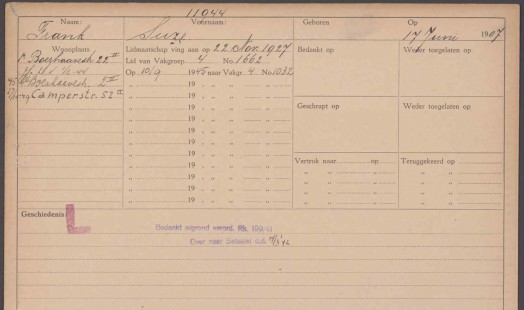On 19 May 1944 the two sisters were transported back to Westerbork, from where they were deported to Bergen-Belsen. In late 1945 and early 1946 Suze wrote two very candid pieces about her experiences in the camps in the Weekblad van de ANDB. The section below is quoted from them.
‘Together with the employers from the industry, we were placed on a transport to Bergen-Belsen, where the highest agencies and many SS men awaited us. We were registered on arrival and assigned to a special barracks, No. 17. On one side were the men (about 140) and on the other side the women and children. Every day at appel (roll call), hundreds of us stood motionless for hours on an open site; in the summer the heat was stifling, and in the winter they sometimes had us stand in rows of five for four to eight hours. We were not forced to work, which other camp inmates resented. […] Friends and acquaintances who were not diamond workers were hiding in our barracks; for our own sake we had to remove them, and they were forced to labour as well. This was necessary, because it was announced that cutting machines and mills would be brought, and if it became known that they were not diamond workers, we would all be in trouble. [...] One of our diamond women, who was a secretary at one of the agencies, kept us informed. All of a sudden, the men were ordered to unload wagons with tools, which were stored in a barracks. They were closely guarded, and we had to clean the machines regularly. [...] Of course there were rumours that a factory was being built, and that not everybody could be assigned there, which obviously gave rise to more arguments. Months went by, and nothing happened.’ [1]
[1] Suze Frank, Tocht door de hel, in: Mededelingenblad van den ANDB, 18 December 1945 and 1 January 1946.

















